
The Dodge Charger (1966) also known as Dodge Charger (B-body) is a mid-size automobile that was produced by Dodge from 1966 to 1978, and was based on the Chrysler B platform.
Origin
1965 Dodge Charger II Show Car
During the early-1950s, automakers were exploring new ideas in the personal luxury and specialty car segments. Chrysler, slow to enter the specialty car market, selected their Dodge Division to enter the marketplace with a mid-size B-bodied sporty car to fit between the "pony car" Ford Mustang and "personal luxury" Ford Thunderbird.
The intention was to create a fastback look while sharing as much existing company hardware as possible.

The Coronet-based Charger that resulted was introduced in mid-season of the 1966 model year in response to the Rambler Marlin, Ford Mustang, and Plymouth Barracuda. Style-wise it was generally a departure from the Dodge's mainstream cars.
The 1965 Marlin, along with the Charger that arrived during the 1966 model year, were two cars which set a new standard for radical fastback design in American mid-size automobiles.
According to Richard M. Langworth, "because it was an intermediate like the Rambler Marlin, the Charger could have been an aesthetic disaster, but long side windows prevented its sweeping roof from looking too heavy."

Burt Bouwkamp, Chief Engineer for Dodge during the 1960s and one of the men behind the Charger, related his experience during a speech in July 2004.
Lynn Townsend was at odds with the Dodge Dealers and wanted to do something to please them. So in 1965 he asked me to come to his office - for the second time. He noted that one of the Dodge Dealer Council requests was for a Barracuda type vehicle. The overall dealer product recommendation theme was the same - we want what Plymouth has. The specific request for a Mustang type vehicle was not as controversial to Lynn. His direction to me was to give them a specialty car but he said 'for God's sake don't make it a derivative of the Barracuda': i.e. don't make it a Barracuda competitor.

So the 1966 Charger was born.
"We built a Charger 'idea' car which we displayed at auto shows in 1965 to stimulate market interest in the concept. It was the approved design but we told the press and auto show attendees that it was just an "idea" and that we would build it if they liked it. It was pre-ordained that they would like it."
1969
1969 Charger
The 1969 model year brought few modifications. Exterior changes included a new grille with a center divider and new longitudinal taillights, both designed by Harvey J. Winn. A new trim line called the Special Edition (SE) was added. This could be available by itself or together with the R/T, thus making an R/T-SE.
The SE added leather inserts to the front seats only, chrome rocker moldings, a wood grain steering wheel, and wood grain inserts on the instrument panel. A sunroof was added to the option list, but was ordered on only 260 Chargers.

The bumble bee stripes returned as well, but were changed slightly. Instead of four stripes, it now consisted of a wide stripe framed by two smaller stripes. In the middle of the stripe, an R/T cutout was placed. If the stripe was deleted, a metal R/T emblem was placed where the R/T cutout was. Total production was around 89,199 units.
There were two different 383 engines available for the 1969 model year: 2-barrel and 4-barrel. The 2-barrel was rated at 290 hp.
The four barrel engine was rated at 330 hp and was identified on the air cleaner as "383 / FOUR BARREL".
The 330-hp engine was unique to the Charger model in 1969. While this engine was available with an un-silenced air cleaner option, it differed internally from the 335-hp 383 "Magnum". Differences between the 330-hp 383 4-barrel and 335-hp 383 magnum were mostly internal. Both versions used the Carter AVS carb and the larger exhaust manifolds from the 440 Magnum engines, but the Magnum had a windage tray in the oil pan, a different camshaft profile, and different valve springs. In 1969 the B-series engines were all painted Chrysler Engine Turquoise with the exception of the 4-barrel 383 four speed and 440 Magnum engines which were painted Chrysler "High-Performance Orange". As usual, the 426 Hemi was painted "Street Hemi Orange".
The 383 Magnum motor was used in Road Runners and Super Bees, but did not appear in a Charger body until 1971.
Bo & Luke Duke popularized the 1969 Charger in The Dukes of Hazzard
The television series The Dukes of Hazzard (1979–1985) featured an orange 1969 Charger that was named The General Lee. "The General" sported the Confederate battle flag painted on the roof and the words "GENERAL LEE" over each door. The windows were always open, as the doors were supposedly welded shut for racing, and the actors would do a window slide to get in and out. The number "01" is painted on both doors. Also, when the horn button was pressed, it played the first 12 notes from the de facto Confederate States anthem "Dixie". The car performed spectacular jumps in almost every episode, and the show's popularity produced consumer interest in the car.







































































































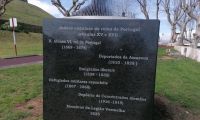




















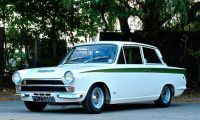








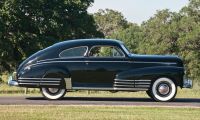















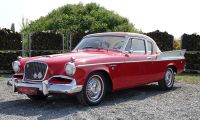






























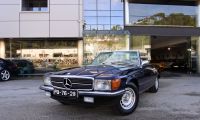









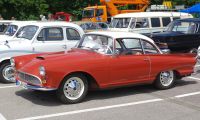


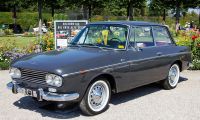
























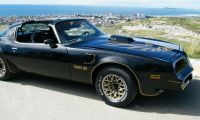














































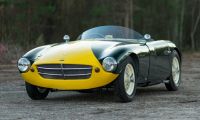



















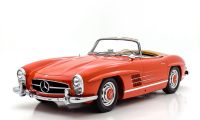































































































































































































































































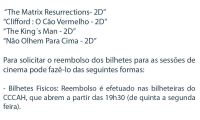









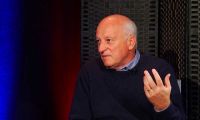






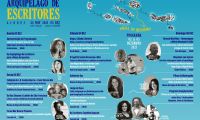

















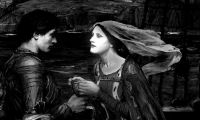






















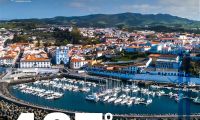






























































































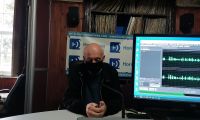






































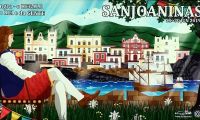










































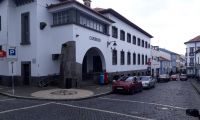


















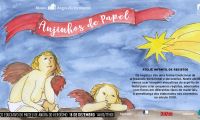
















































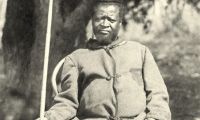























































































































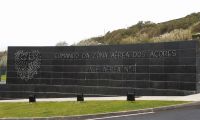







































































































































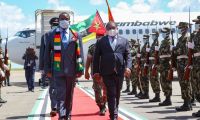




































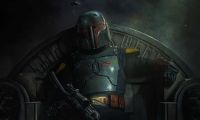




















































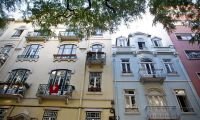


























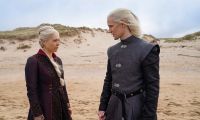














































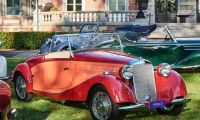





















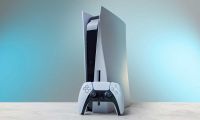



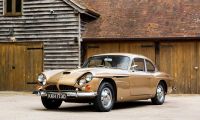































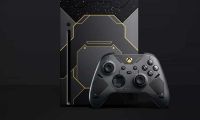




















































































































































































 LINKS E SITES IMPORTANTES
LINKS E SITES IMPORTANTES


